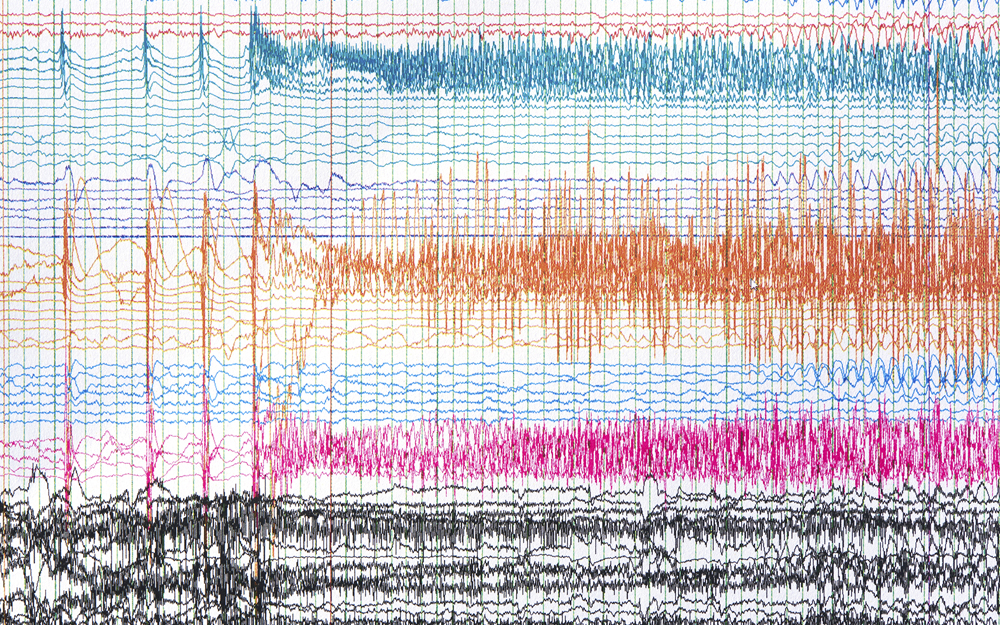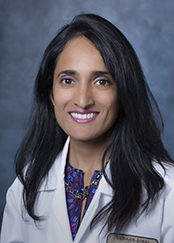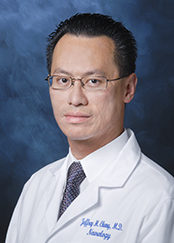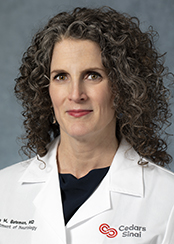New Horizons in Refractory Epilepsy Therapy
Date
April 12, 2022

Date
April 12, 2022
Credits
Medical providers featured in this article



In Brief
{{cta-block}}
Advancements in Treatment

The Epilepsy Treatment Program at Cedars-Sinai hosts three neurologists: Lisa Bateman, MD, Jeffrey Chung, MD and Chrystal Reed, MD, PhD. The program offers all therapies approved by the Food and Drug Administration (FDA) and is a Level 4 epilepsy center, the highest level of accreditation from the National Association of Epilepsy Centers.
After a thorough epilepsy evaluation, patients benefit from the advanced testing available through the inpatient epilepsy monitoring unit as well as the latest in seizure therapy. Once a patient is diagnosed with refractory epilepsy, the treatment team works with the patient to determine an approach that fits the patient's needs and goals.
“We have seen patients who had a 30-year history of intractable epilepsy before coming to us. Thirty years is a lifetime of missed opportunities. Don't wait."
Surgical Therapy
For patients with unifocal epilepsy, surgical resection may be an option to remove brain tissue at the seizure focus, giving the patient the best chance of becoming seizure free.
Chung understands the prospect of brain surgery can be intimidating but encourages patients to consider the option. "We have seen patients who had a 30-year history of intractable epilepsy before coming to us," he said. "Thirty years is a lifetime of missed opportunities. Don't wait."
However, if the seizure focus is located in an area associated with eloquent function, such as language or motor control, or if the seizures originate in multiple areas, other therapies are available.
Neuromodulation
Neuromodulation uses an implantable device to deliver targeted electrical stimulation to a specific neurological site. The stimulation changes the way the network behaves, so the area may produce less seizure activity, or the activity may not spread as widely throughout the brain.
The vagus nerve stimulator (VNS) delivers stimulation from outside the brain. The device is surgically placed in the patient's chest, and the neurologist later programs and activates the device to deliver regular electrical stimulation to the vagus nerve in the neck.
Newer VNS devices also monitor heart rate and will deliver additional stimulation in the event of an abrupt and significant increase in heart rate, which is often associated with seizure onset.
More importantly, the patient can also use a magnet to activate the device if a seizure occurs.
"Some people like this option because it gives them, for the first time in their life, some sense of personal control over their epilepsy," said Bateman. "That's something that should never be underestimated."
In responsive neurostimulation (RNS), a neurostimulator placed under the scalp is connected to one or more electrodes placed on or inside of the brain. RNS provides a closed-loop monitoring system and targets the areas where the patient's seizures originate. For patients with seizures originating in two different areas, it is possible to implant electrodes in both areas.
Over time, RNS can be programmed to recognize patterns indicating seizure onset and deliver stimulation accordingly.
Deep brain stimulation (DBS), originally FDA-approved for treatment of movement disorders, is the latest neuromodulation therapy approved for epilepsy treatment. Electrodes are implanted in the anterior nucleus of the thalamus and programmed to deliver stimulation on a regular time frame, rather than in response to suspected seizure activity.
Laser Ablation
Laser interstitial thermal therapy (LITT) may be an option for patients with certain types of focal epilepsies, such as mesial temporal lobe epilepsy. In the minimally invasive LITT procedure, a probe is placed using a burr hole in the skull. The probe uses thermal energy to ablate tissue at the seizure focus. MRI imaging before and during the procedure ensures the laser is precisely placed and the treatment delivery is controlled.
This option may be especially appealing for patients with additional health considerations. Following LITT, patients may require only overnight monitoring, and side effects can be minimal compared to open surgery.
Dietary Therapy
Dietary therapies can assist in controlling refractory seizures in children and adults. Diets low in carbohydrates and high in fats, including the ketogenic diet, medium-chain triglyceride diet, modified Atkins diet and low glycemic index treatment, are carefully designed and monitored by the patient's dietitian and medical team.
Emerging Research
Cedars-Sinai hosts an active research program at the Rutishauser Laboratory, studying the basic physiology of brain function.
Bateman's research seeks to understand and mitigate morbidities associated with seizures, including sudden death in epilepsy. She evaluates how respiratory and cardiac function are impacted during seizures and how the brain and other systems recover.
Chung's research investigates the link between continued seizures and memory deficits, looking for specific markers of each using electroencephalography recordings and functional MRI. Additional research studies ways to refine current techniques to better identify seizure onset areas and enable more precise surgical resection.
"It's exciting to be in a center where we can take care of patients but also think about how to make the future better," said Chung.
Envisioning a seizure-free future
"There's a misconception that if you have a couple of seizures a year, that's not really a big deal," Bateman said. "But in reality, it impacts your work and relationships, you can't drive, and you're at risk for injuries and death related to seizures."
The Epilepsy Treatment Program welcomes referrals from neurologists and primary care physicians and utilizes virtual visits to make consultation more accessible for patients who may not live near Cedars-Sinai.
As neuroscience and technology continue to evolve, physicians like Bateman and Chung want to make sure as many patients as possible have quick access to the newest treatments available.
"As new things come along, we want to offer them right away rather than starting the diagnosis and treatment journey from scratch," said Bateman.





